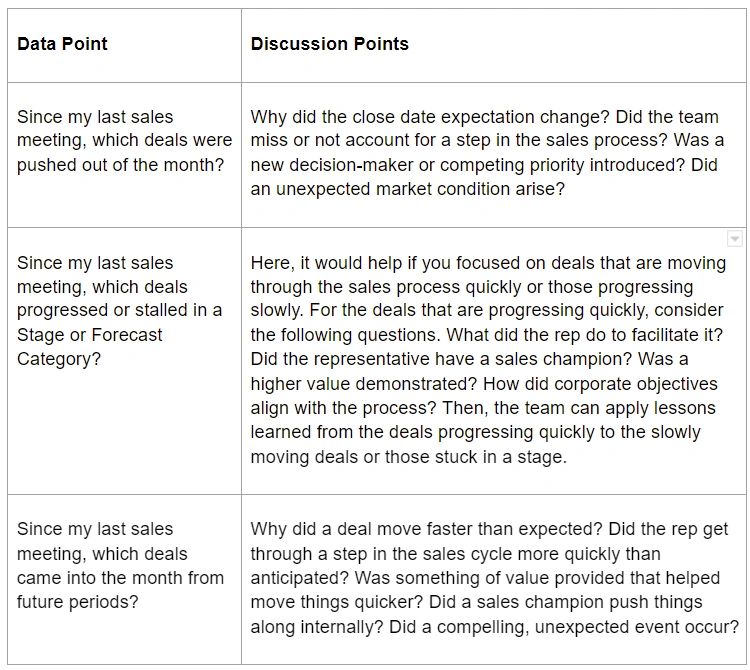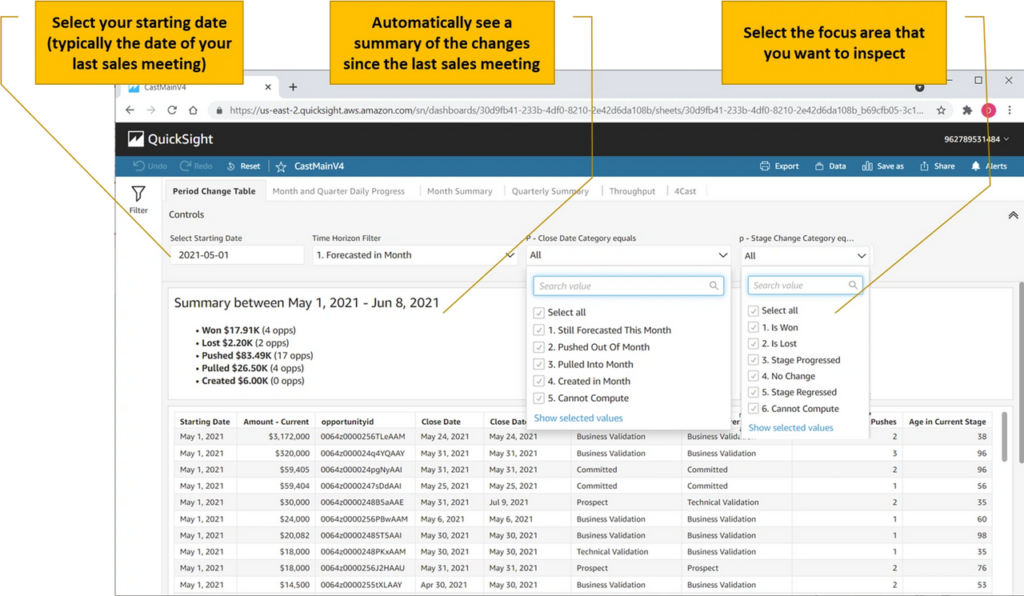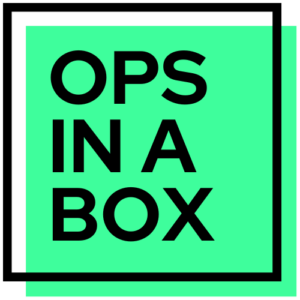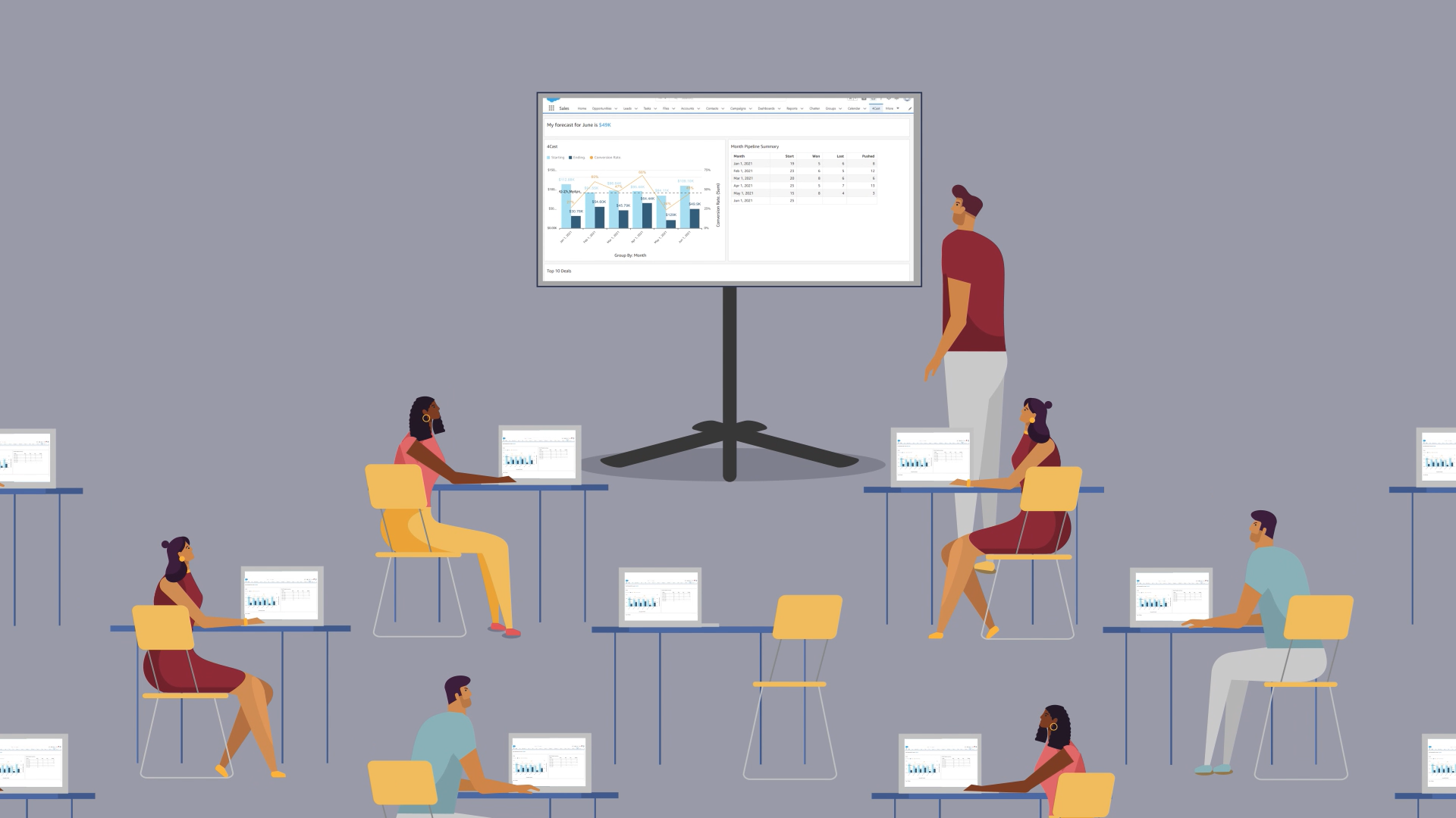What would your reps say if you asked them to grade your sales meetings?
Unfortunately, most sales meetings miss the mark. It’s important to use sales meetings to inspect deals and get a forecast call, but you’re ultimately going to waste everyone’s time if you aren’t asking the right questions.
You can engage, motivate and enable your team while also inspecting deals and getting a handle on your forecast. The critical differentiator is having access to the right data.
What Is The Right Data?
Well, that depends on who you ask. So let’s take a look at all the main stakeholders separately.
Leadership – Management wants to analyze deals, inspect the numbers, hold sales reps accountable, and forecast revenue.
Sales representatives – Sales reps want to learn and feel supported. A sales meeting that doesn’t impart knowledge and foster empowerment is usually of little worth. No sales representative wants to sit in a meeting room full of people without receiving good value.
They want to be inspired by hearing about deal-winning stories from peers and supervisors or gain insights to improve efficiency and outcomes. They also want to know about new and emerging market trends and receive the support required to progress their deals.
Support staff (marketing, product, services, and customer success) – Support Staff want to hear about deals they can help with and better understand market trends to influence planning cycles.
When we distill all of the above down, the common outcome that each stakeholder seeks from a sales meeting is to spur creativity and progress deals.
That’s why the most productive sales meetings are centred around storytelling, not calling out numbers. The inspection and forecast should be a natural bi-product of focusing on the right deals at the right times.
Without that, you may fall into the pattern of asking people, “what is your number?” or randomly selecting deals to highlight rather than focusing on those that can drive your sales forward.
Ideally, your staff should feel empowered and better equipped to sell at the end of every sales meeting.
How to Run an A+ Sales Meeting Every Time
The biggest hindrance is that most companies don’t have access to the right kind of data to run successful sales meetings.
For example, in Salesforce, it’s pretty easy to access the won, lost, or open deals in the forecast period. However, that’s only half the data you need.
You also need to know the following to find the right deals and allocate appropriate resources.

In some cases, the answer to these questions may be “the rep didn’t forecast properly,” and that’s fine. After all, forecasting takes many years to master, and it’s challenging to teach in a classroom setting. The best way to help reps learn to forecast accurately is through repetition and constant reflection.
How Ops-in-a-Box Can Help You Get It Right
Ops-in-a-Box takes a snapshot of your database daily, allowing you to quickly pull the information you need whenever you’re in a sales meeting. All you have to do is open Ops-in-a-Box, select the last date you had a meeting, and instantly see what the team won, lost, pushed, pulled, created, progressed or stalled – at a glance.

Such high-level and easily accessible data will enrich your meetings, helping you identify the deals that matter most, so you can hold valuable discussions. Ops-in-a-Box tracks every progression through the pipeline. That way, you can easily see how each data point impacts the sales process and outcomes.
Give Ops-in-a-Box a try today to enhance decision-making and leadership.





